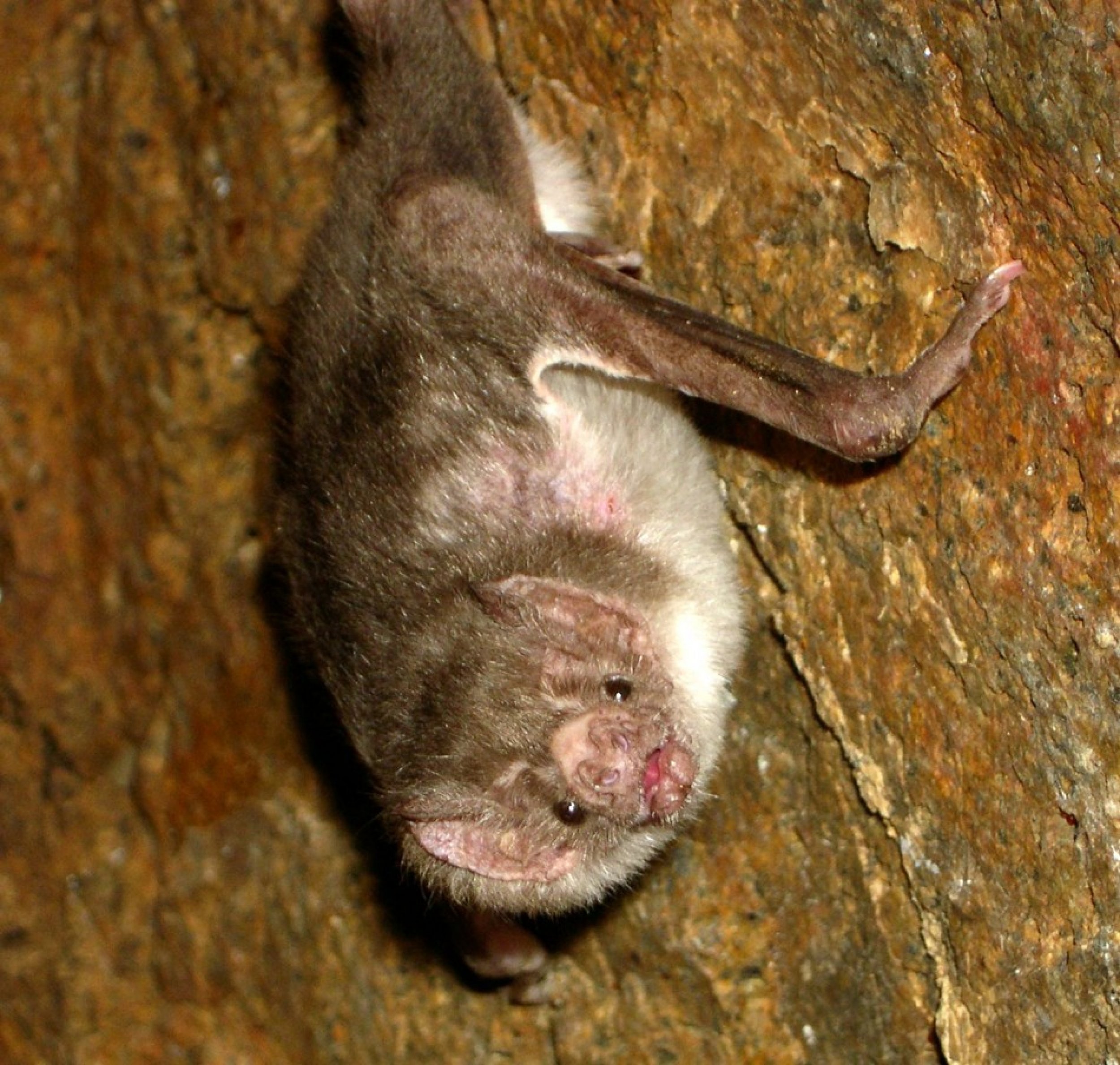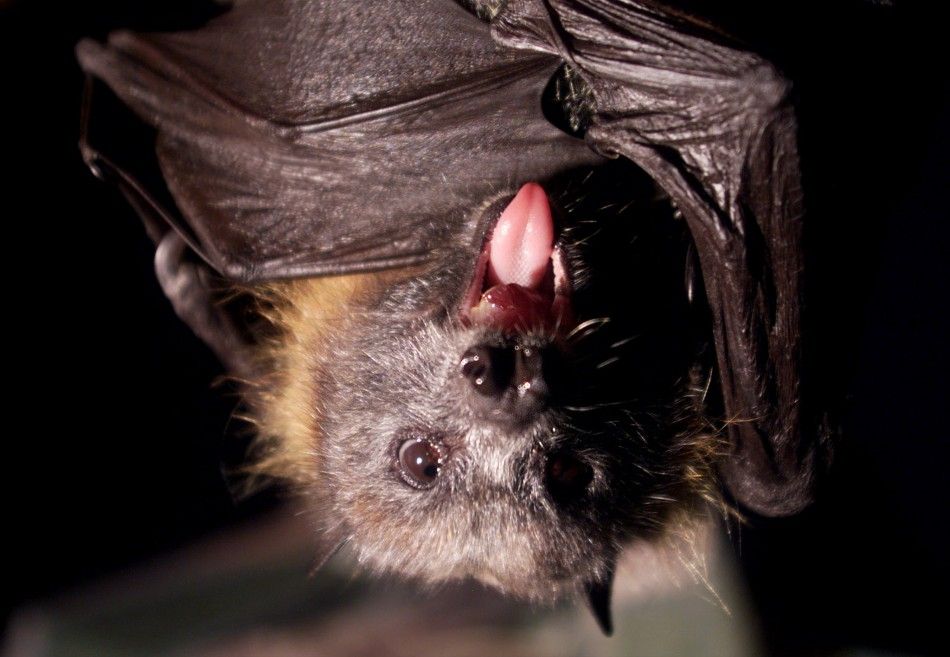Vampire Bats Use Heat-Sensors to Find Their Prey: Study [VIDEO]
The light and agile vampire bats have a heat-sensing mechanism they use to detect their next meal, according to a new study.
Researchers have found that the blood-sucking bats have specially evolved nerves they use to sense the heat of the veins of their next prey. These specialized nerves are located near the bats' nose.
Researchers knew that the bats hunt by identifying hot spots on their prey where blood flows close to the skin. However, it was a mystery how the creatures were able to do so. Now, there are findings showing that the bats alter a sensor that evolved to perceive dangerously high temperatures, tuning it to track down the cooler body heat of prey.
"What the vampire bat has done is through some specialized genetic machinery, it has changed the structure of it (the heat sensor), so it changes the temperature at which it is activated," study researcher David Julius of the University of California, San Francisco, told LiveScience. "It allows it to pick up the signal of changing body temperatures due to blood flow."
According to the study, vampire bats, or Desmodus rotundus, use a mechanism that is different from that of the snake, the only other vertebrates that can detect infrared radiation. These receptors are similar to the human receptors that sense heat, and to those that sense pain, and can help with treating illnesses such as chronic pain and inflammation, according Nature.
Nature news noted that vampire bats are known to detect the infrared radiation from their prey using specialized 'pit organs' located around their noses.
Julius, a physiologist at the university, along with his colleagues compared gene expression in the nerve fibers of the bats' pit organs with that in nerve fibers from the creatures' spines. They found that the bats yielded two different forms of a heat-sensitive ion channel - a protein controlling the processes of cells - called TRPV1.
The genetic work also uncovered more about vampire bats' relationships to other mammals. Regardless of its rat-like appearance, vampire bats are genetically similar to cows and horses, according to the study.
Vampire bats hunt when much of the world is sleeping. That is when they emerge from their dark caves, mines, tree hallows and abandoned buildings in Mexico and Central and South America, according to national Geographic.
Like the legendary monster from which they get their name, these small mammals drink the blood of other animals for survival.
These obligate blood feeders satisfy their sanguinary lifestyle on animals like cows, pigs, horses, birds, and occasionally humans, though the latter is uncommon.
Unlike the legendary monsters seen in the movies, vampire bats don't suck blood from their prey. Instead, they make a small cut with their teeth and lap the blow flow with their tongues. The creatures' agility can allow them to feed on their prey for more than 30 minutes without waking it, according to National Geographic.
The bats also have very strong hind legs and a special thumb that helps them take off after feeding. But if these creatures don't get their nightly fill of blood, especially for two nights in a row, they will die, according to National Geographic.
Watch vampire bats feed below.



© Copyright IBTimes 2024. All rights reserved.






















